Repechage Explained At The Olympic Games
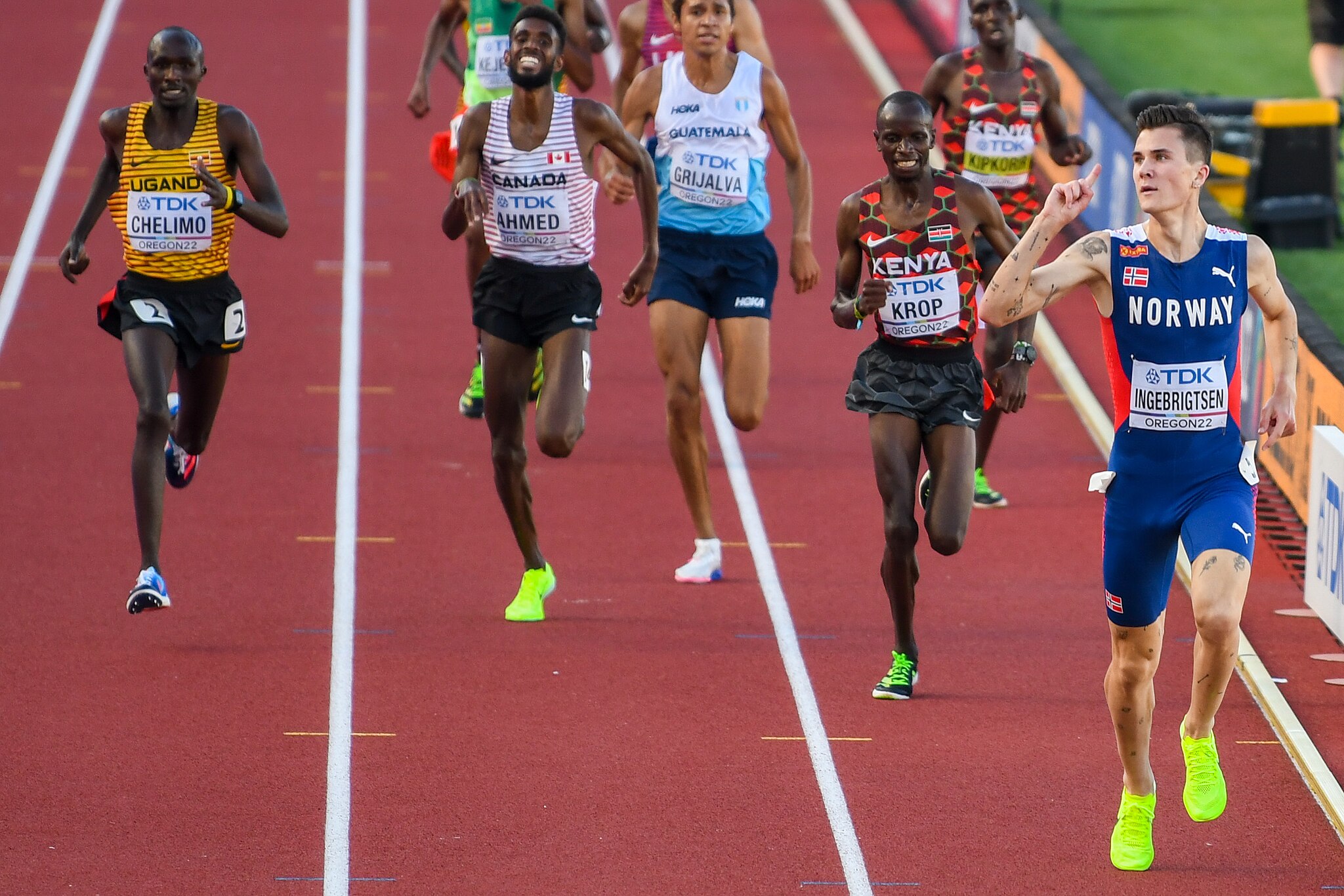
For the first time in Olympic history, ‘repechage’ rounds have been added to short- and middle-distance running events on the track. But what are the repechage rounds and why are they important for runners?
World Athletics has introduced repechage rounds to the Paris 2024 Olympic Games as a second chance for athletes to qualify for a semi final, and there are repechage rounds for men and women in the 100m/110m hurdles, 200m, 400m, 400m hurdles, 800m and 1500m.
Each of those events is classically structured as round one, semi final, final. Now a repechage round is added after round one.
Depending on the distance, between two and six runners automatically qualify from each heat in round one. Then all non-automatic qualifiers from the first round get the chance to run again in the repechage round.
You can see the full running schedule for the Paris 2024 Olympics here.
Historically, the Olympics has had a ‘fastest loser’ system for qualification, meaning that after the automatic places were settled from the heats, the fastest times from the non-automatic qualifiers would go through.
The repechage round will be a factor for runners who don’t run their best race in the opening round, but may also be relevant if any runners fall – now they have another opportunity to race and progress. But if a runner falls, they must still complete their race distance. If they do not start (DNS), do not finish (DNF), or are disqualified (DQ) in round one, then they cannot run in the repechage.
Other sports use repechage – which comes from the French for ‘to fish out’ or ‘to rescue’ – in the Olympics, including rowing, rugby sevens, wrestling and martial arts. Now running fans get more chances to see extra races on the track.
Read our preview of the women’s races and the men’s races at the Paris 2024 Olympic Games.
Image Erik van Leeuwen, GFDL.

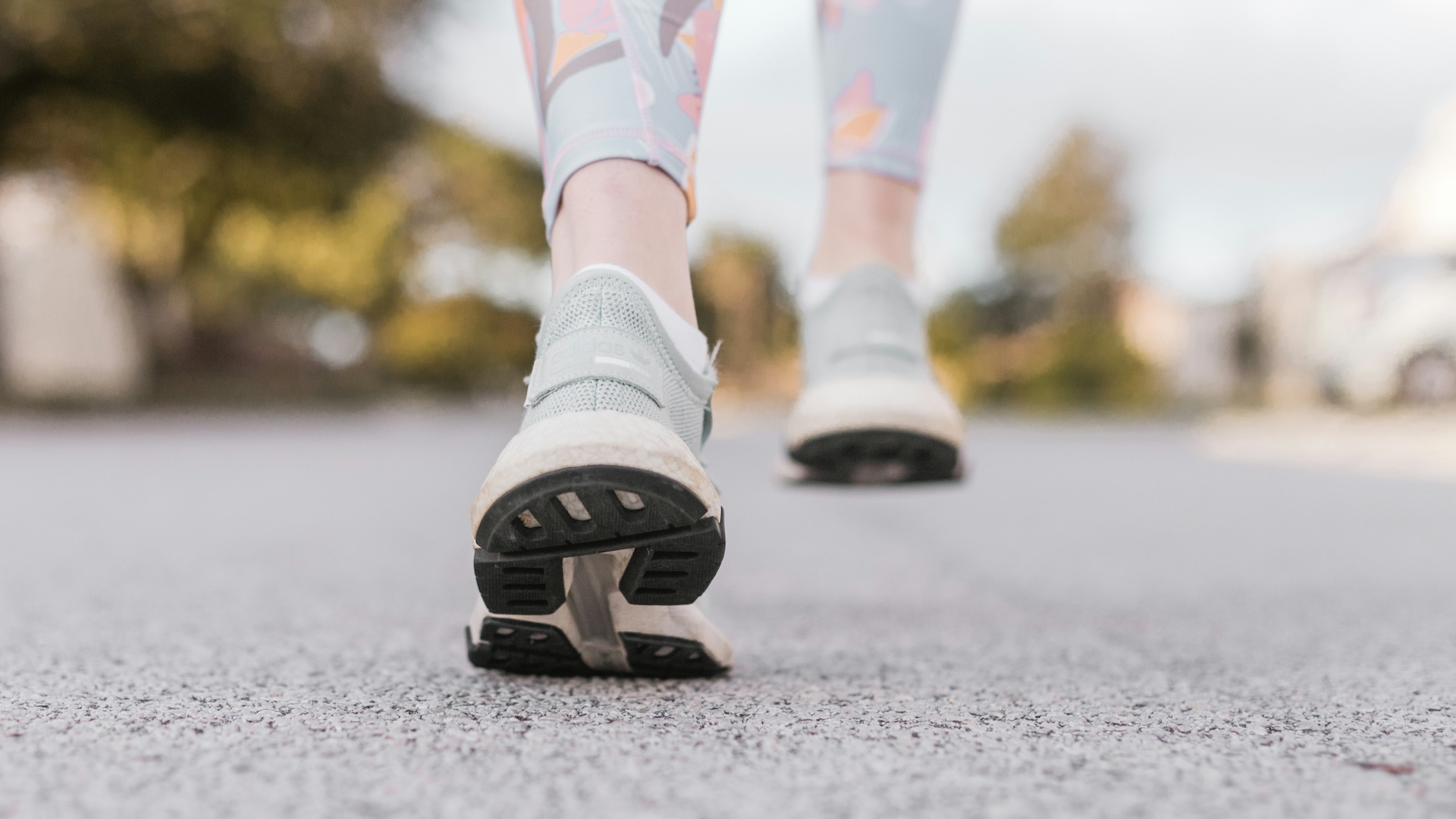
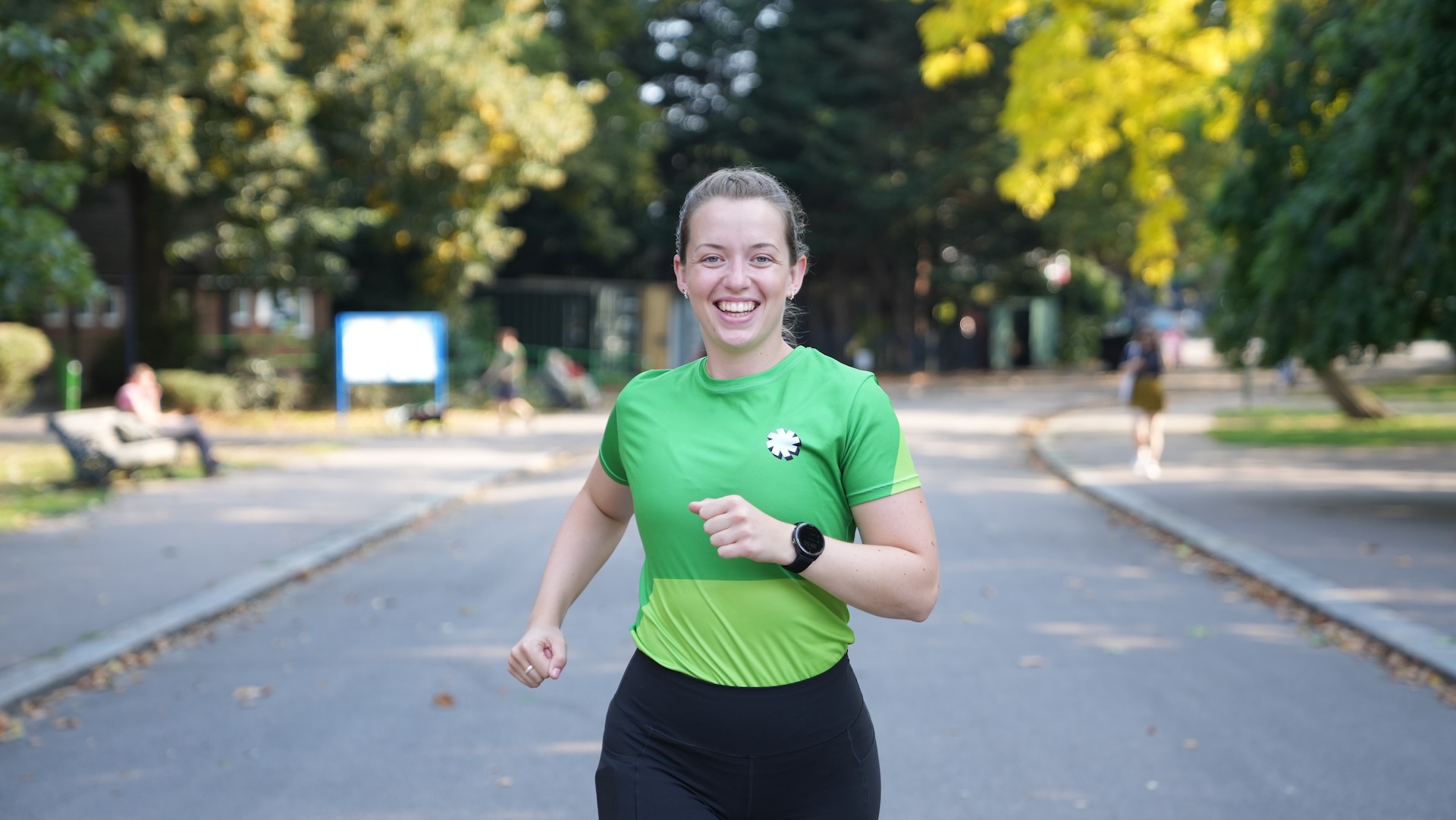
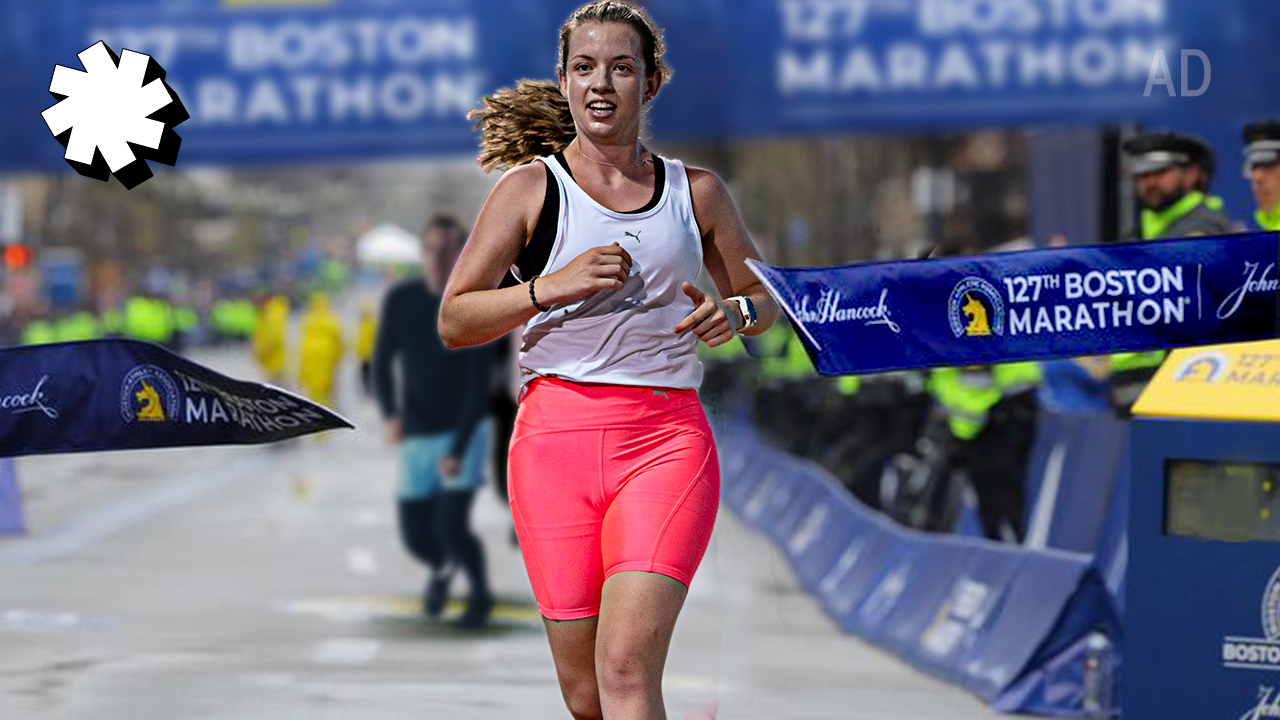
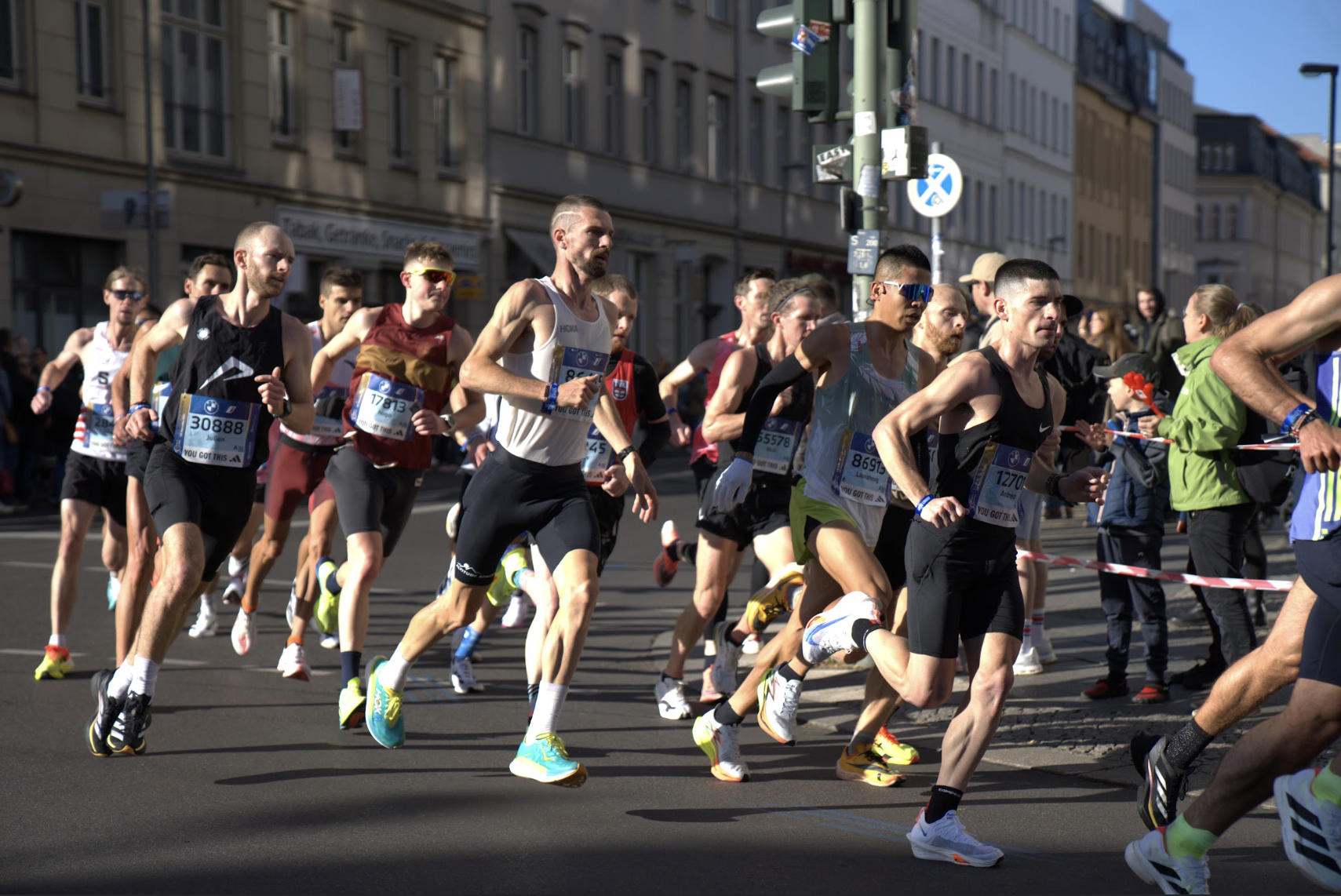

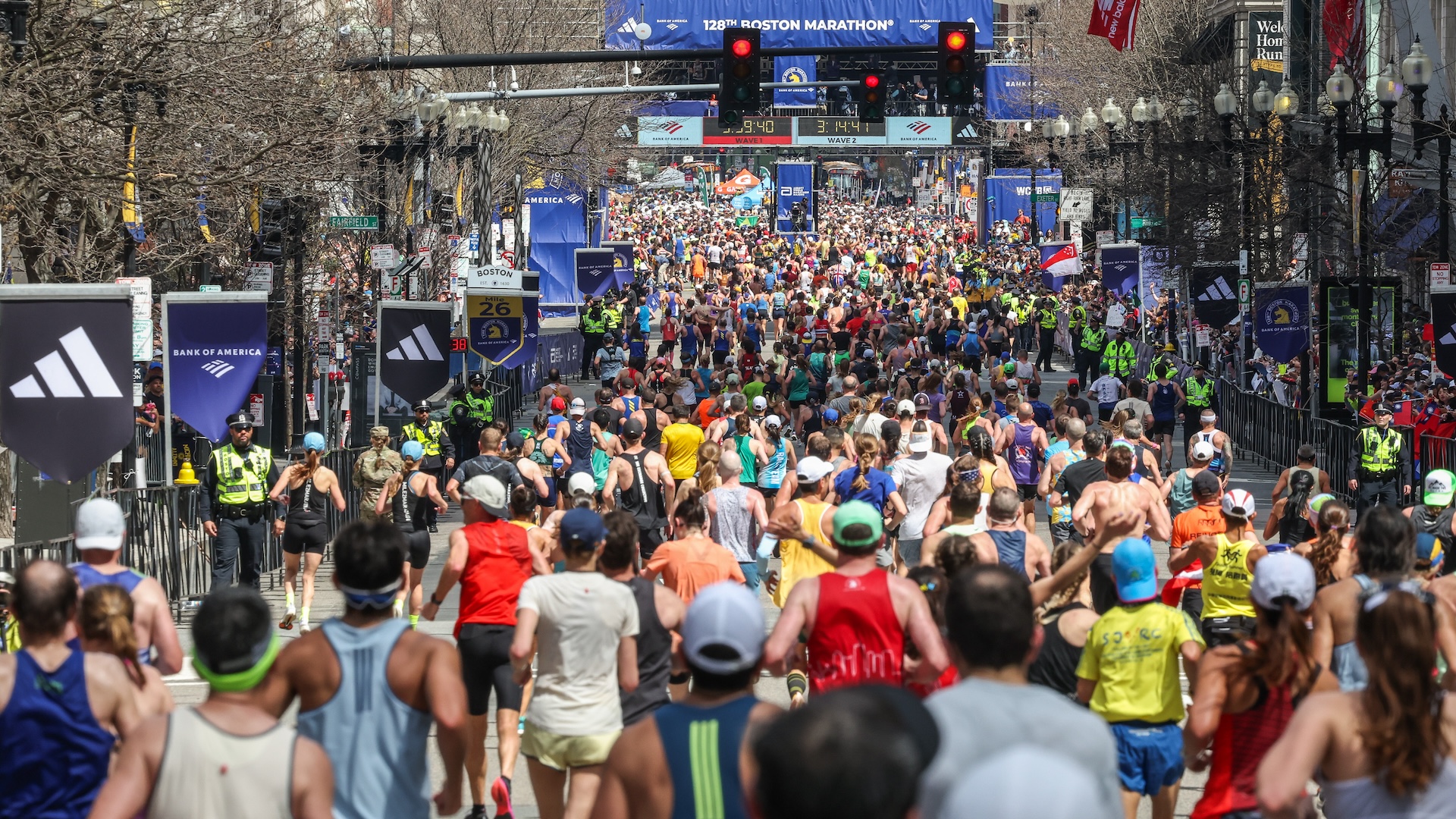
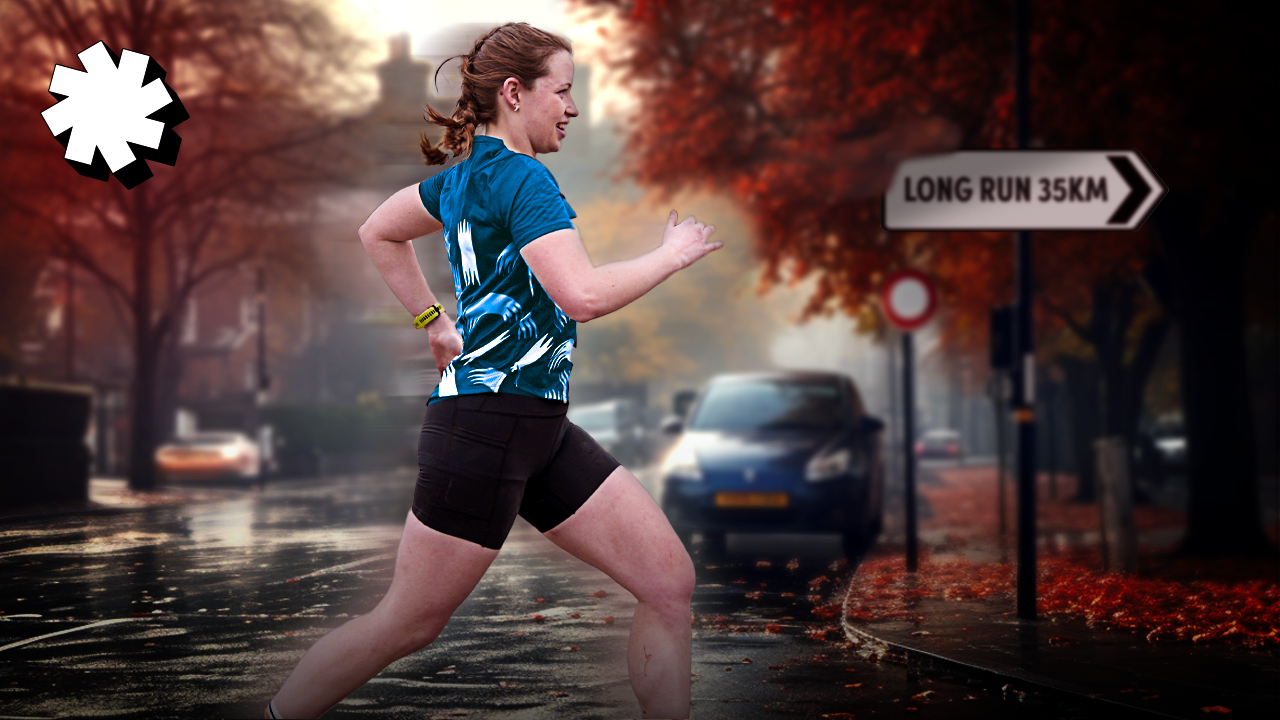
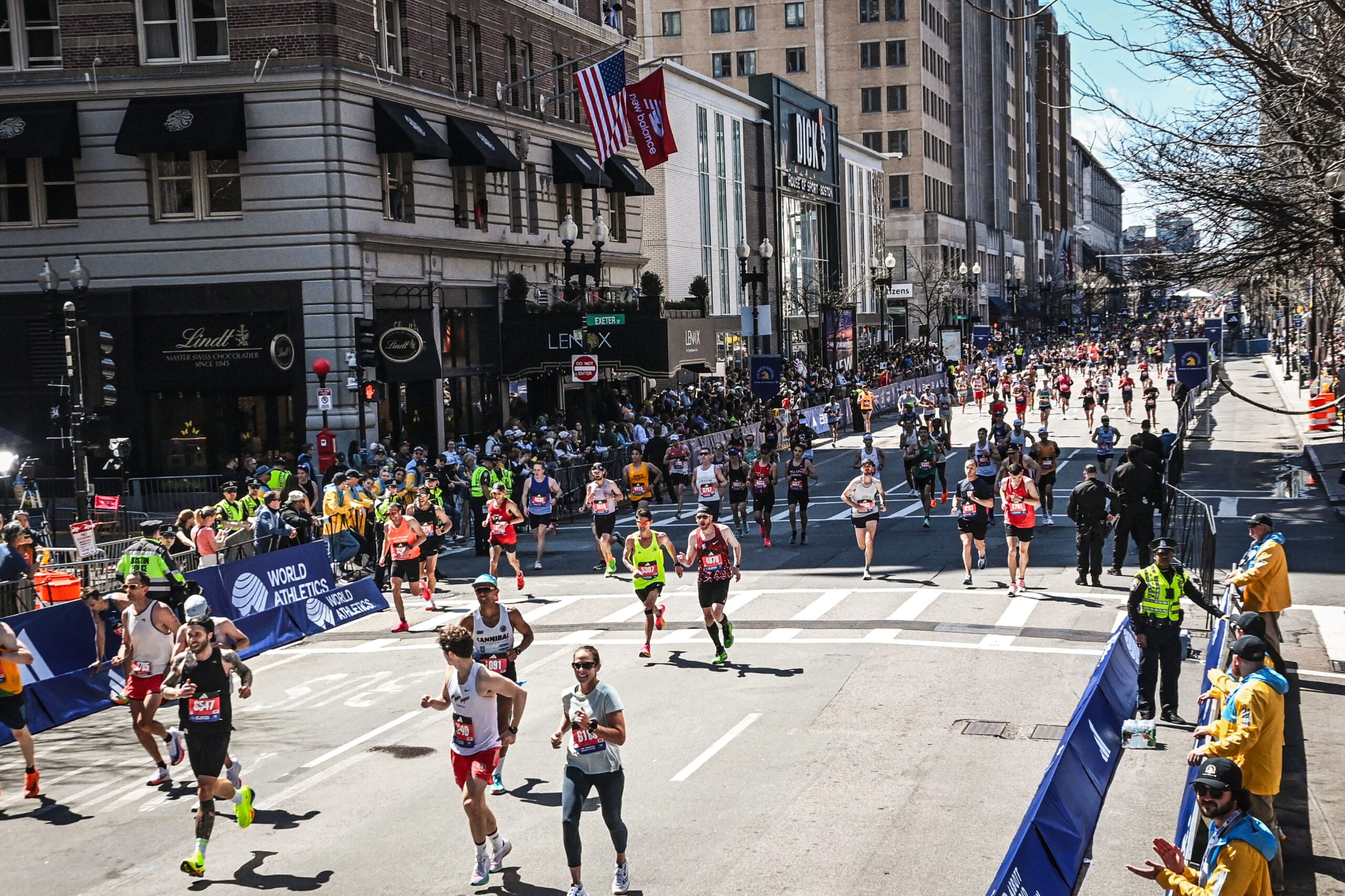
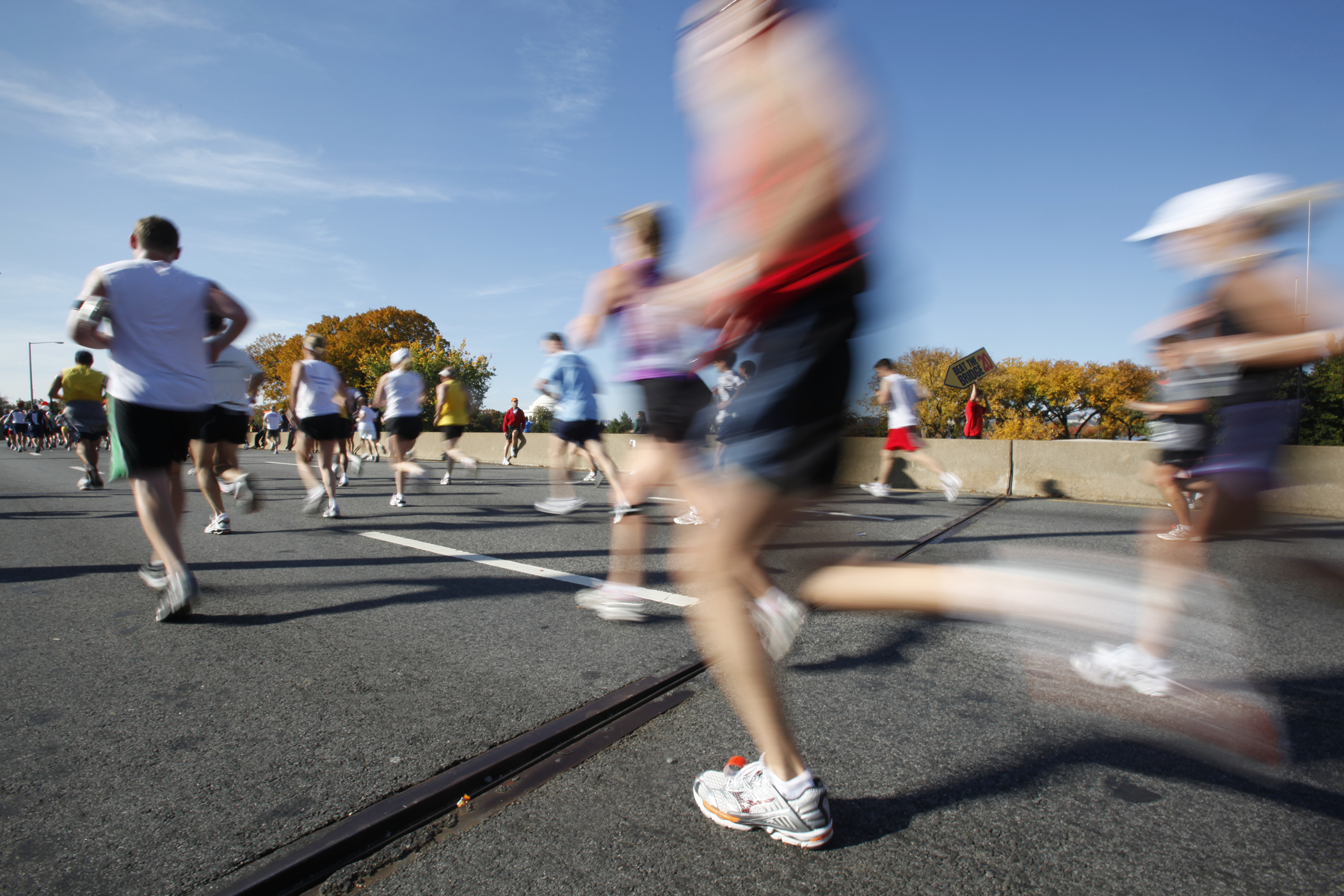
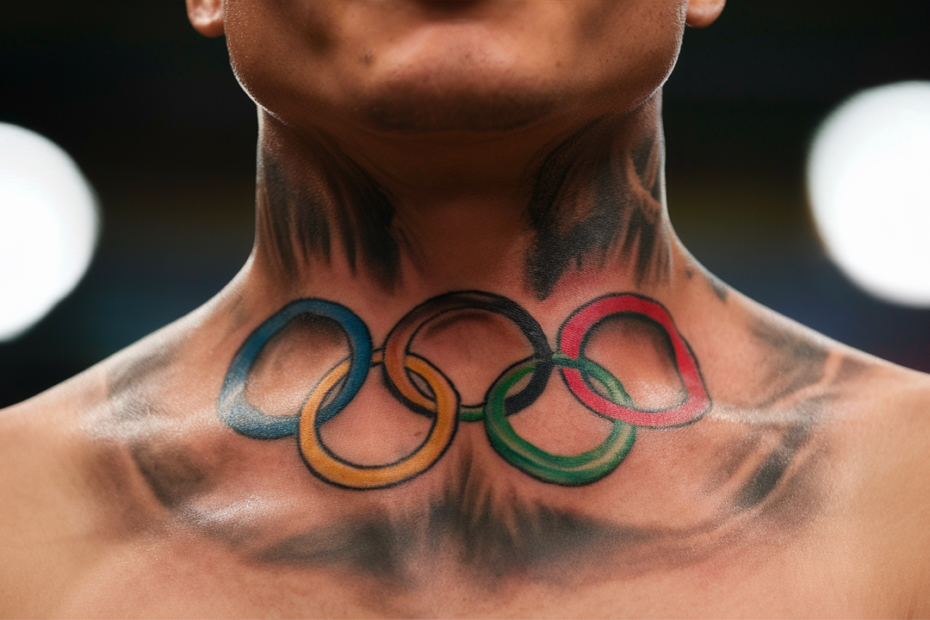
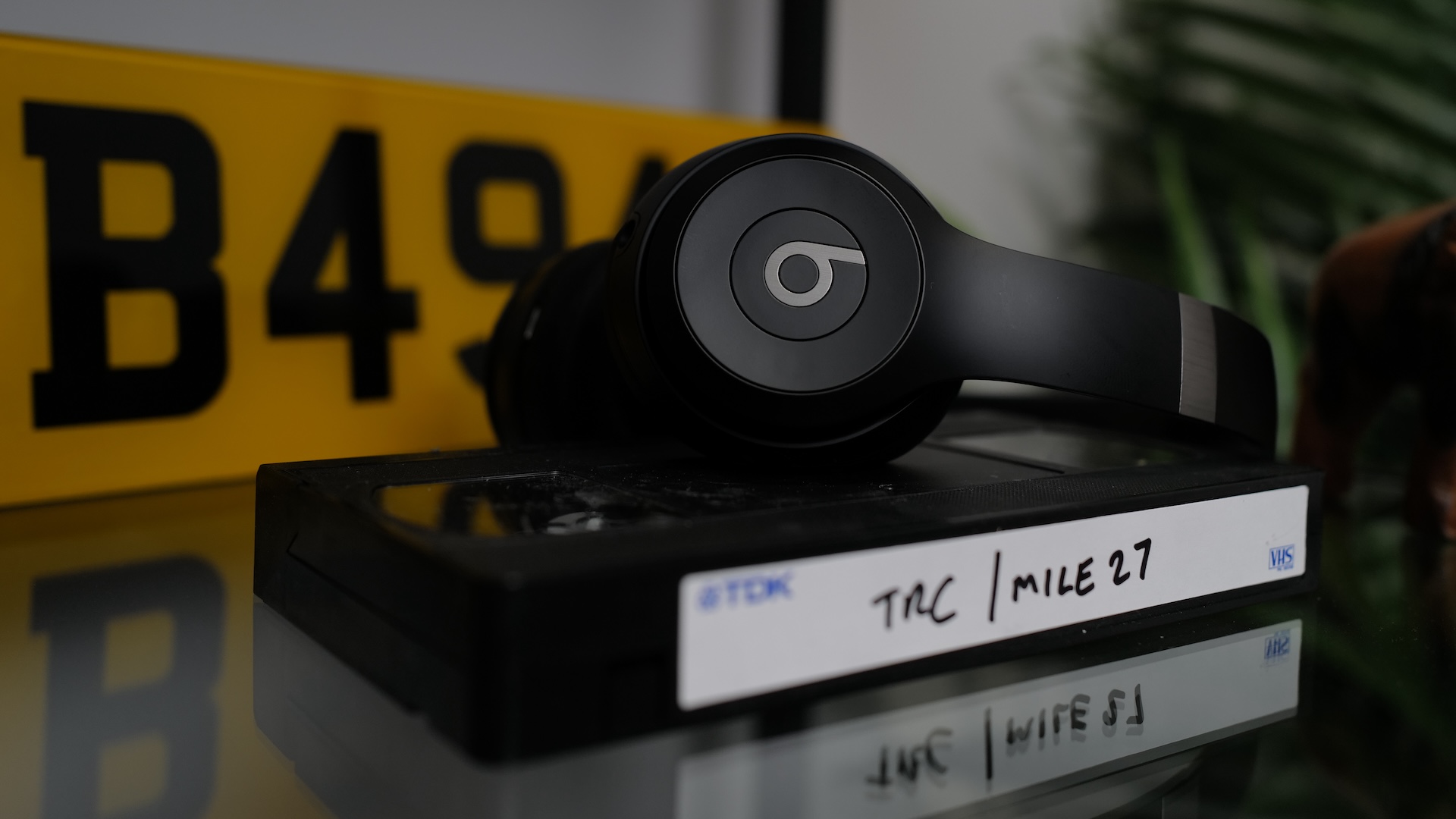

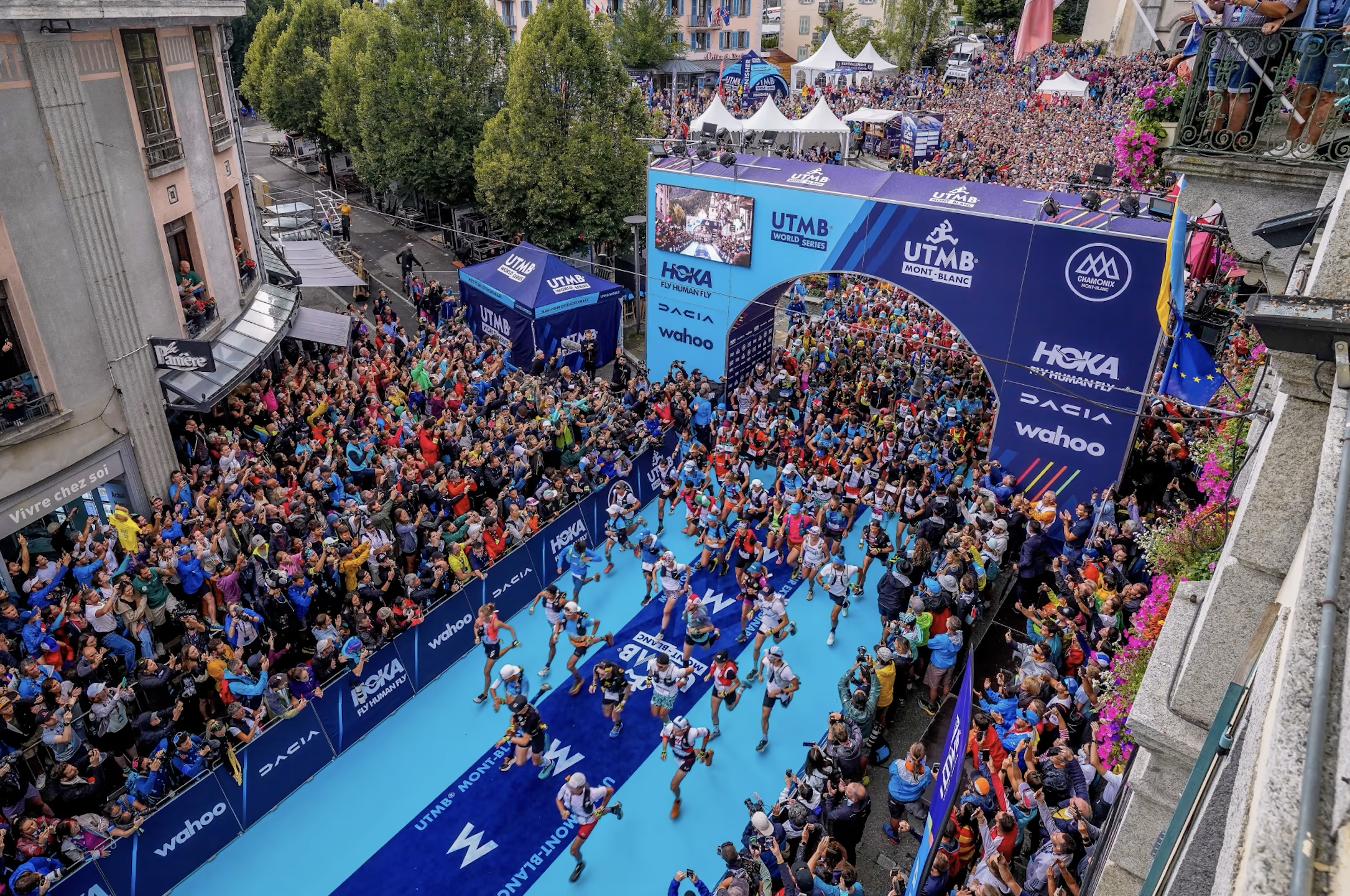

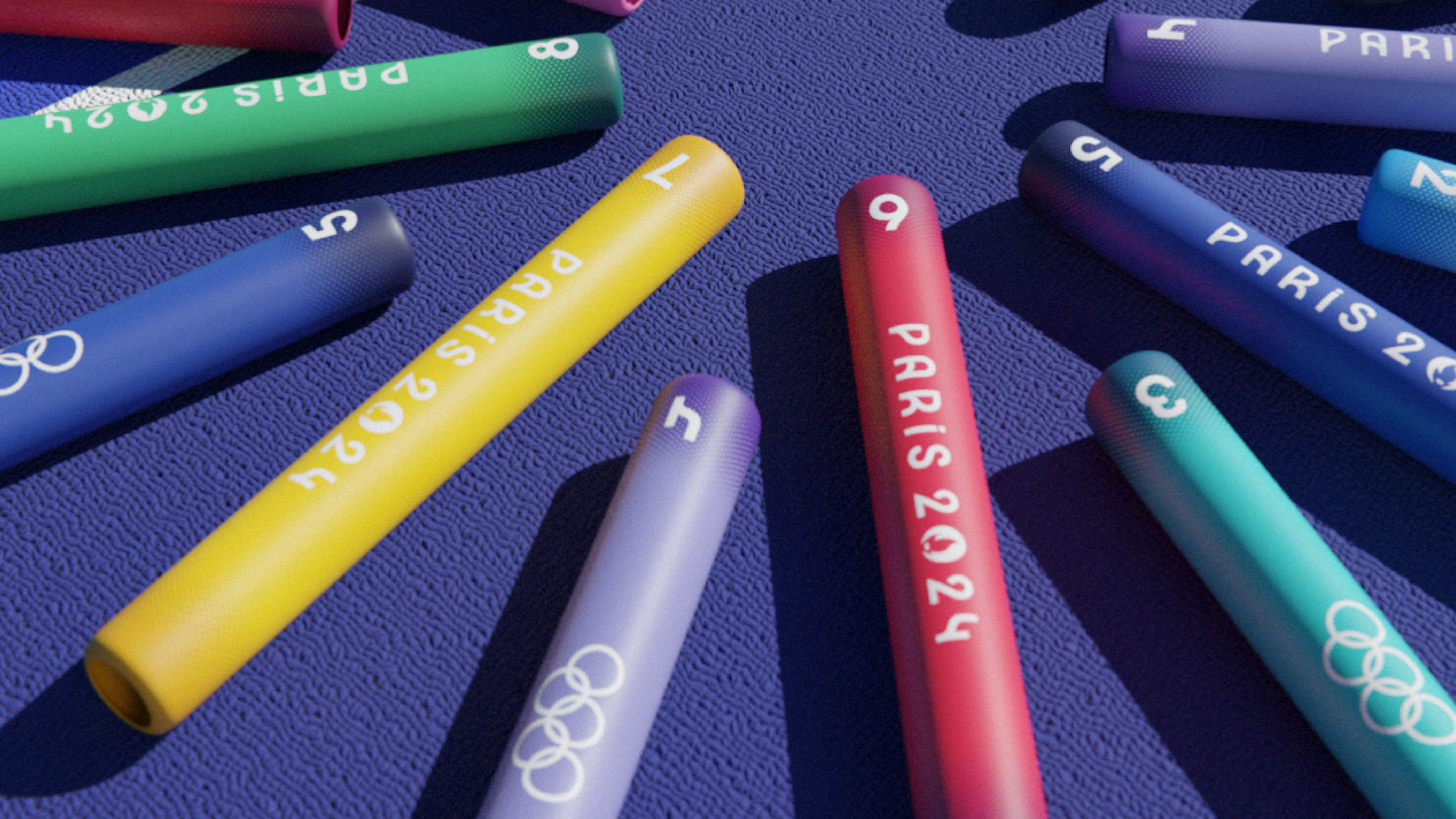
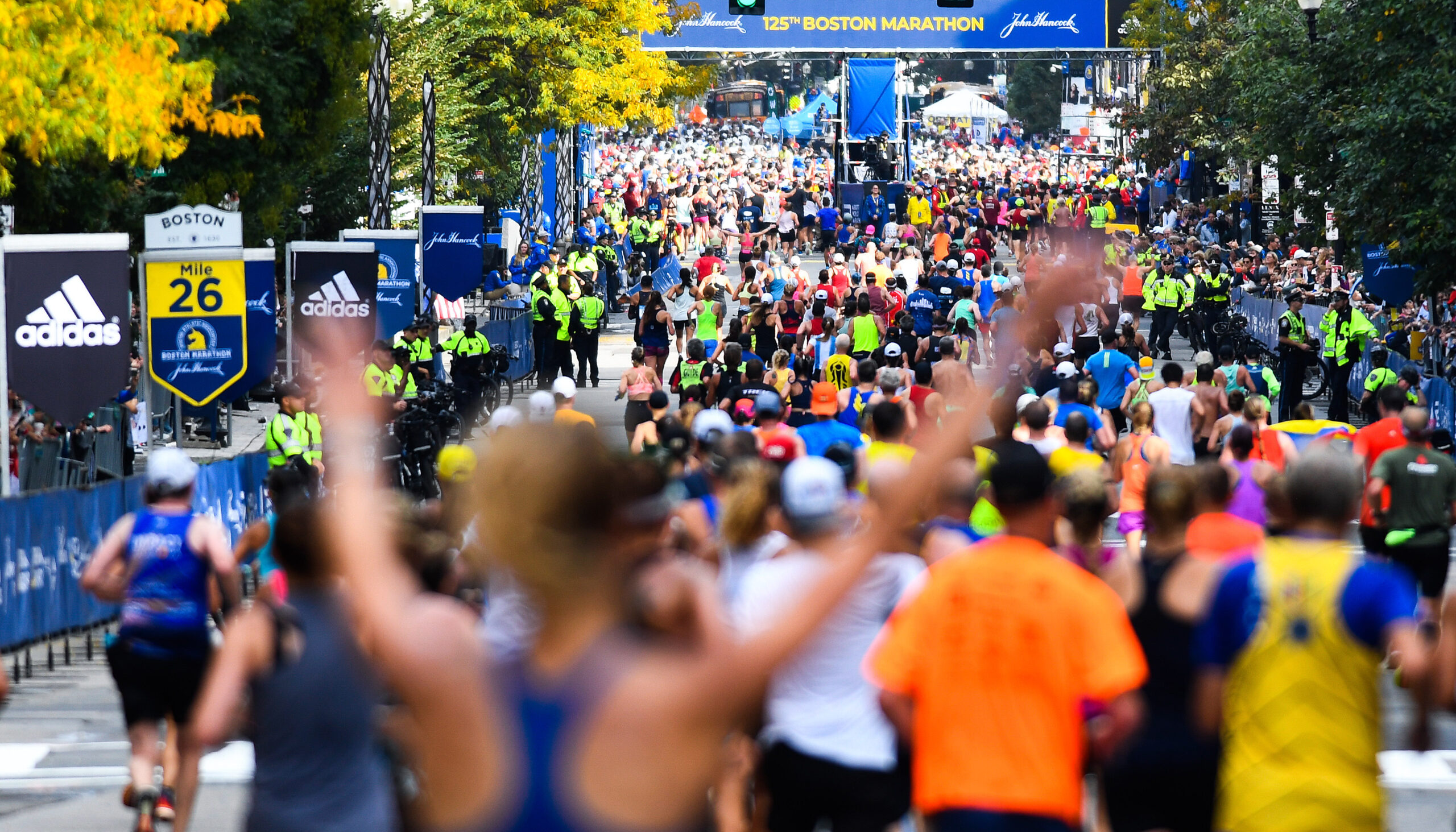
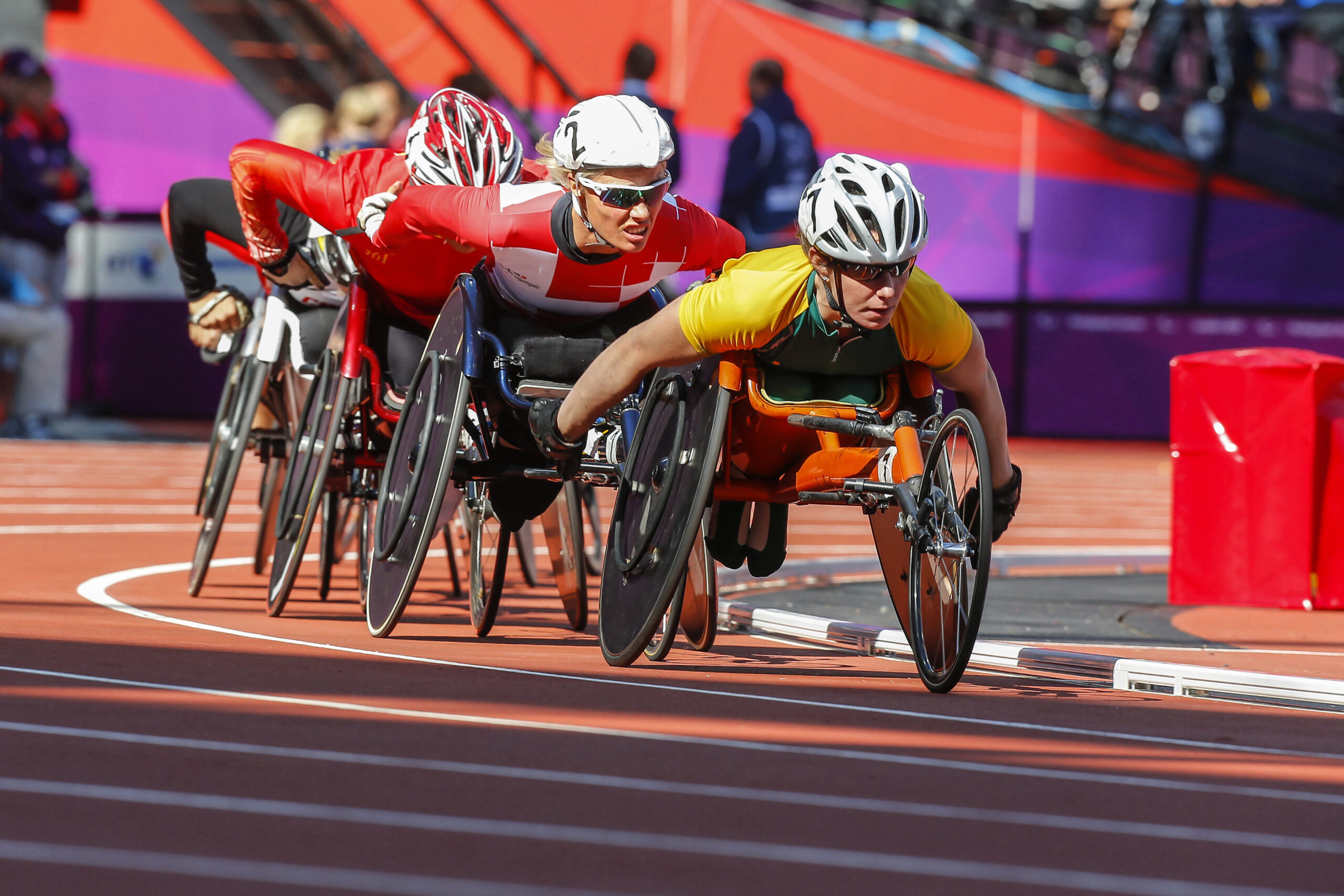


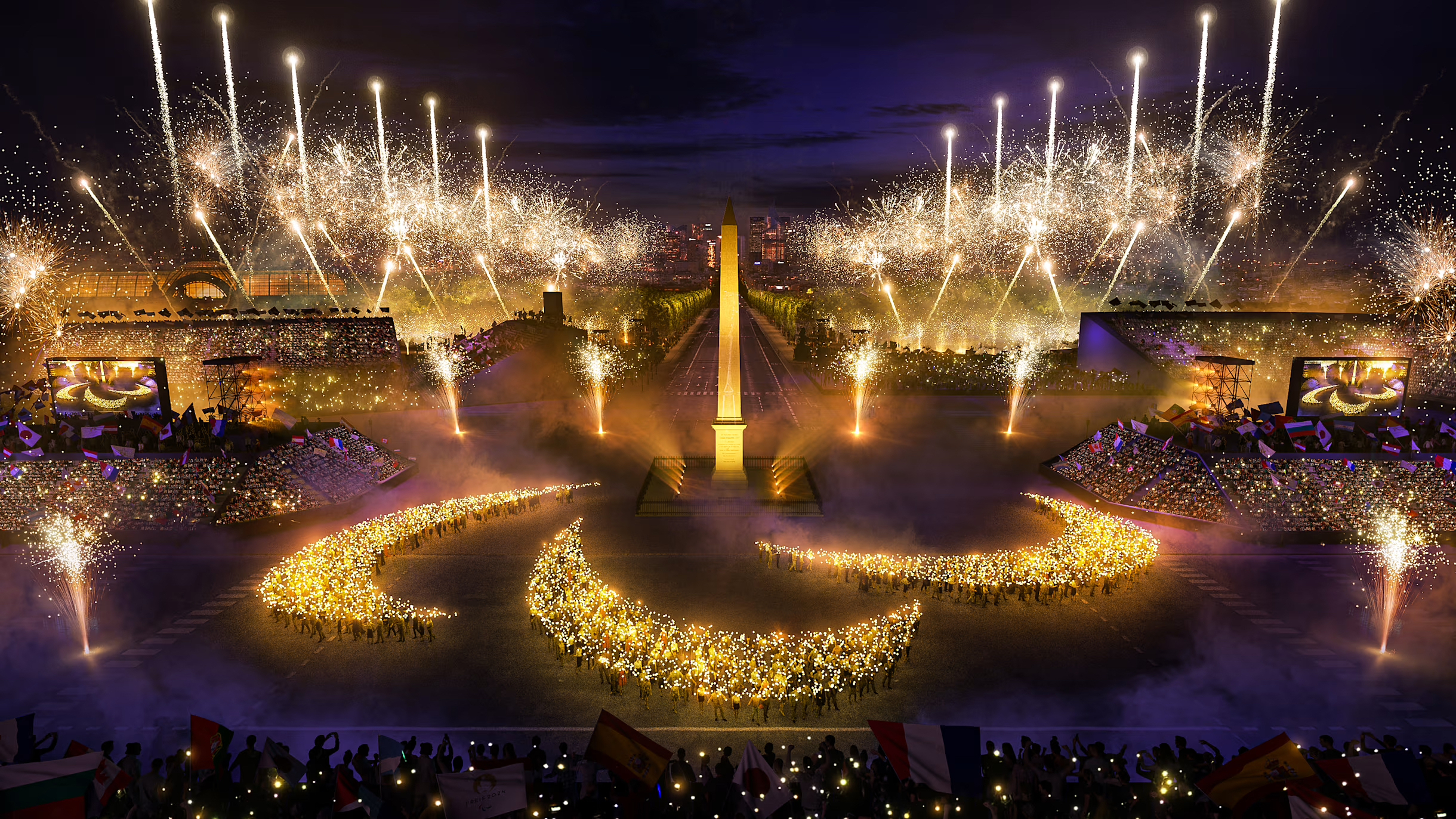
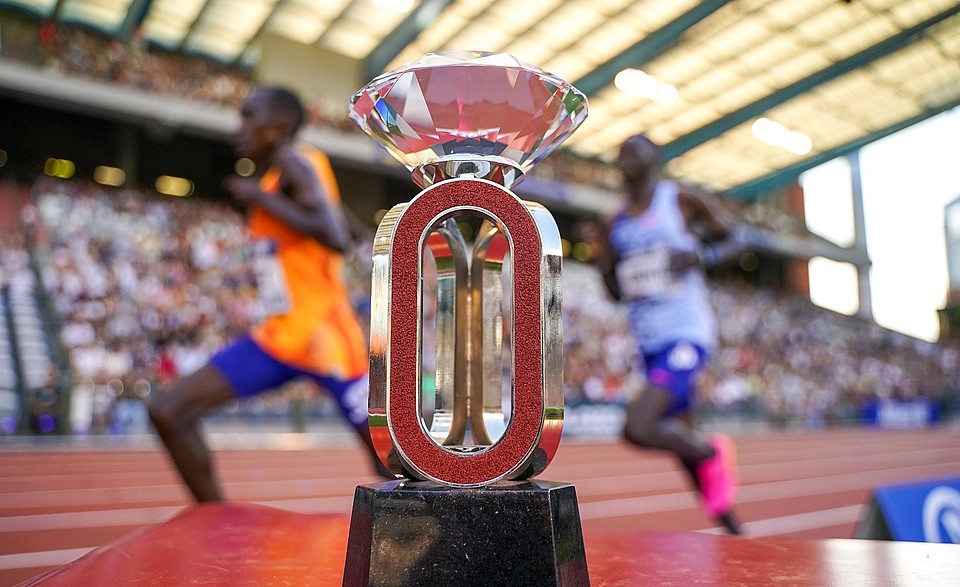

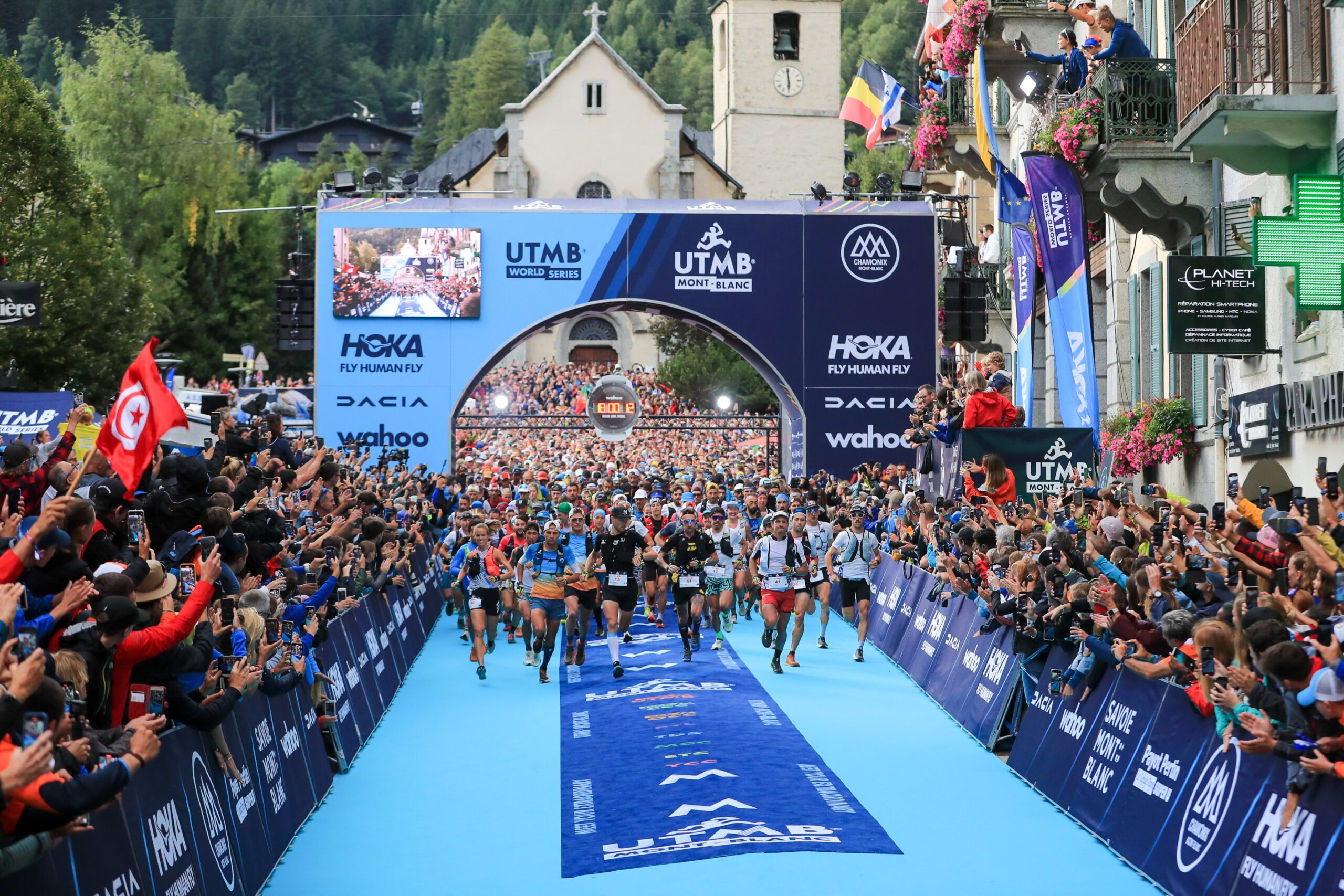
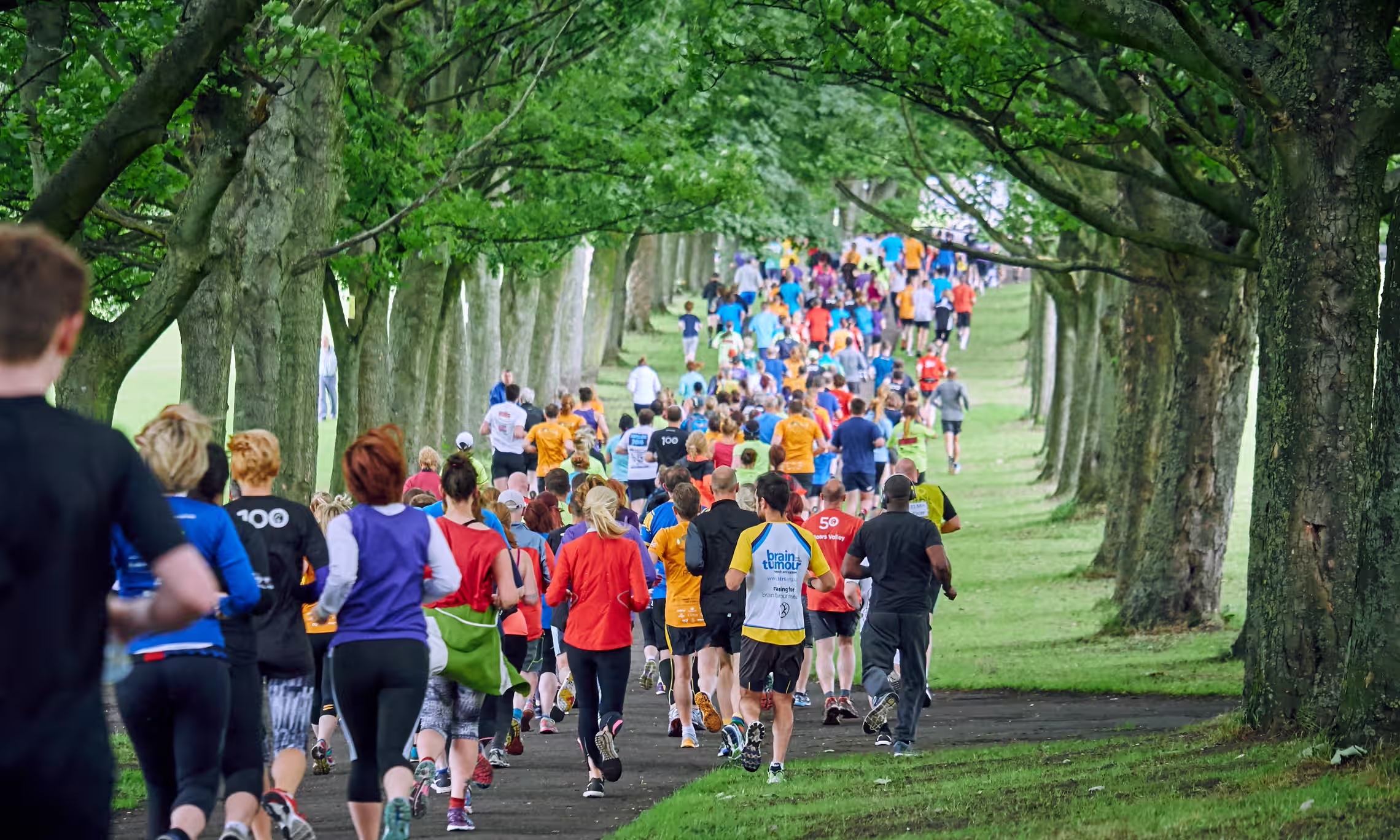
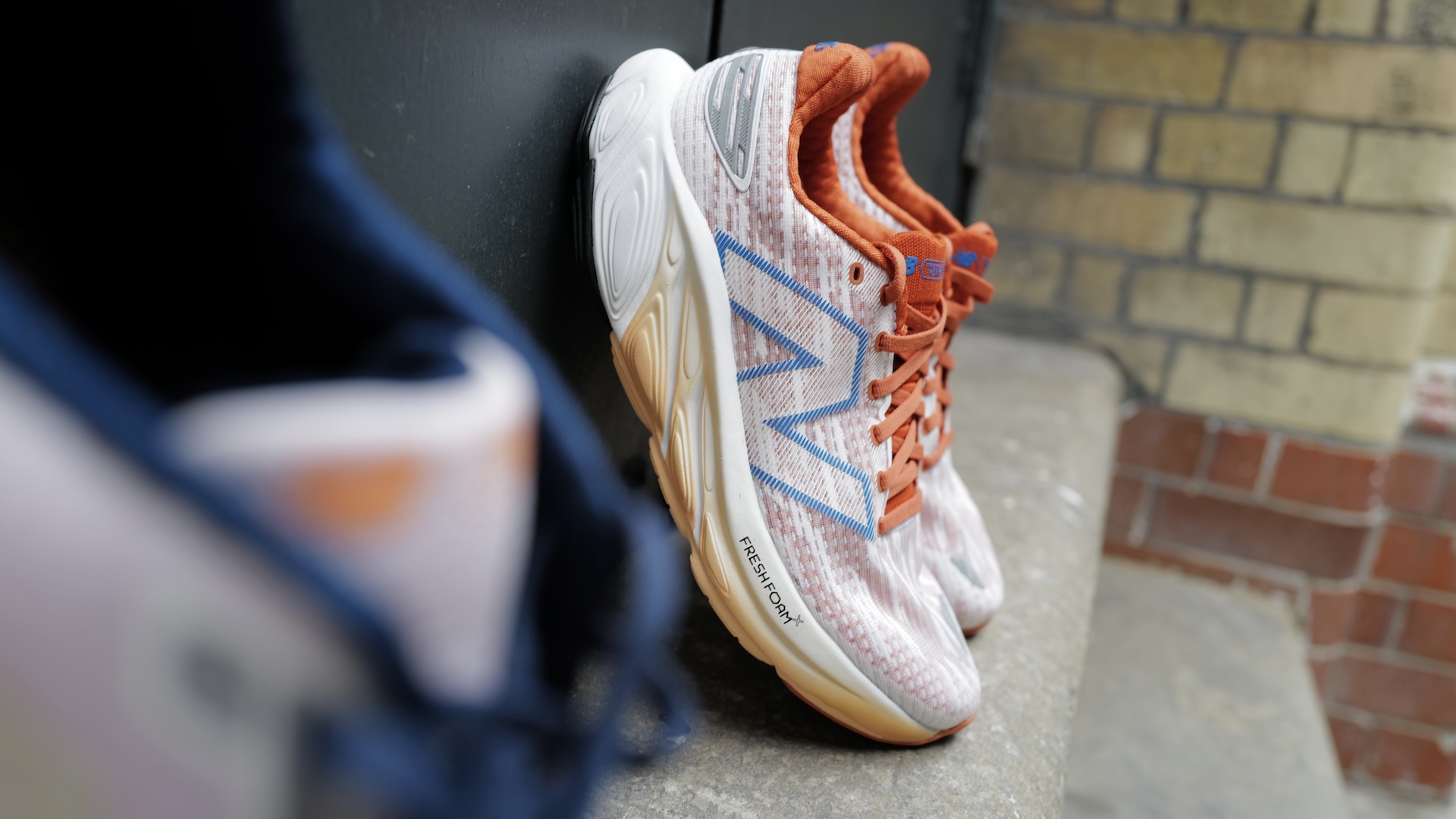


Running News
Ingebrigtsen Stars at World Athletics Indoor Championships 2025 – Plus All The Winners!
Sam Ruthe Is First 15-Year-Old To Run A Four-Minute Mile!
Eliud Kipchoge Will Run The 2025 Sydney Marathon!